The Venice Lagoon contains more than a hundred islands – some small, some large; some natural, some man-made. Sara Scarpa invites us on an island-hopping expedition…
Photos by Iain Reid
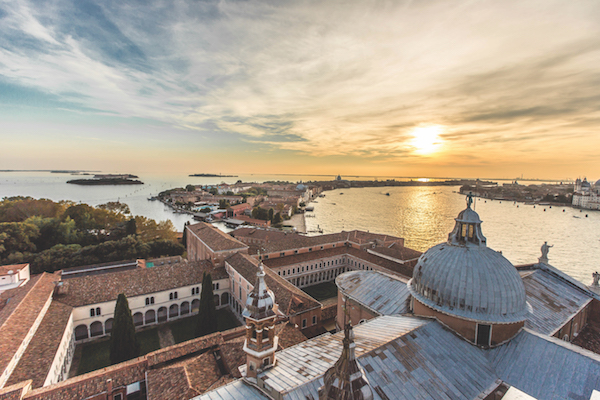
Often, on a sunny summer morning when we are in my home town of Venice, my husband and I will cycle from the centre of the island of Lido to its southern end to reach our cantiere nautico (marina) in Alberoni. The anticipation on reaching our small boat never diminishes as we look forward to another glorious day out in the lagoon. Even after so many years of making these expeditions onto the water, because there are so many islands to visit, we always have the opportunity to embark on an entirely new adventure and experience a different part of the lagoon.
Risen from the waters of the lagoon, Venice has been able to survive for centuries thanks to these islands. They show how Venice would have been like at its origins – small pieces of land lapped in marsh and mud-bank surrounded by canals, water-channels and rivulets.
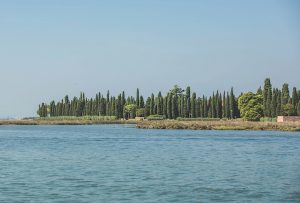
The islands of the lagoon are as varied as their history is diverse. Some are natural, others man-made; many hold memories. They had different purposes, which often changed during the centuries: quarantine stations (for plague and disease), hospitals, monasteries, powder magazines, prisons, cemeteries and even places of execution. The lagoon holds many secrets.
A large number of the islands that no longer have anyone living on them were inhabited for centuries before falling into abandonment. Attempts have been made to promote the renaissance of some, but these have only been successful in a few instances. Many magnificent churches, monuments, libraries and monasteries have disappeared, or stand weathered in the midst of the lagoon. And some islands now lie submerged beneath the waters and are lost for ever.
Sometimes when I talk to people, I am surprised when they tell me they have already seen Venice but actually they have never been to any of its islands. But Venice is absolutely inconceivable without them. Venice is the lagoon and Venetians have always had a strong connection with the fluid elements, of the lagoon and the sea. The people have always been islanders.
Venice is not just the historic centre and its main sestieri, nor just the trio of islands most visited by tourists (Burano, Murano and Torcello), it is much more. It is an amphibious city, an archipelago scattered in the lagoon, and it is only by exploring the islands that you will fully understand this city. So if you really want to get to know Venice, venture out onto the islands of the lagoon. Even if you don’t have your own boat, there are some well-established companies that you can rent a boat from, and even sleep over on should you wish.
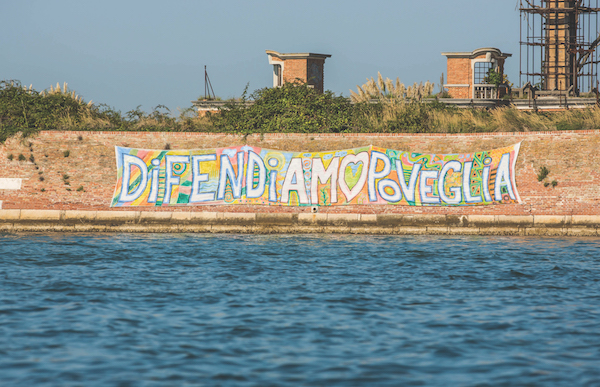
Poveglia
Once afloat, we set off, passing in front of Malamocco, the original location of the home of the Doge of Venice and the site where the ancient town of Metamaucum once rose. (This is no longer visible as it was long ago submerged by the rising sea levels). Nearby is the famous haunted island of Poveglia.
It is quite astonishing to think that this island is located just two miles from the majestic palaces of the Grand Canal and yet is worlds apart. This is a side of Venice that you probably would not expect to come across in the romantic city of love. There are numerous legends and myths about this island, many of which are associated with its horrific and unnerving past. They say that around 50 per cent of its soil is composed of human ash, and this may be true: for long periods the island was a dumping ground for the victims of the plague outbreaks that decimated the population. It is estimated that hundreds of thousands of people must have died here over the centuries.
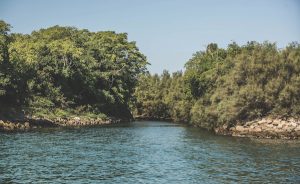
The ancient town of Popilia (its original name probably refers to the poplar trees that once grew there) on Poveglia was one of the first settlements in Venice when, in 421 AD, people from Padua and Este fled here to escape the barbarian invasions. In the 9th century its population began to grow and Poveglia flourished over the centuries that followed. It enjoyed a great period of life with an almost independent government. Its decline started after the war of Chioggia (1378) when it was turned into a small fort and was abandoned by its inhabitants, who were forced to move to the Giudecca. It remained uninhabited in the following centuries and since then has served many different purposes.
In the 18th century it was a public shipyard but after several cases of plague on the ships it was turned into a an isolation hospital until in 1814 it became a public hospital for infectious cases. After serving different purposes again, it became a home for the elderly and in 1922 a mental hospital. They say that the psychiatrist who ran the hospital was a torturer and experimented lobotomies on his patients. According to the story, in the end, the doctor went mad himself and jumped from the bell tower. The hospital was then closed and the island was again completely abandoned.
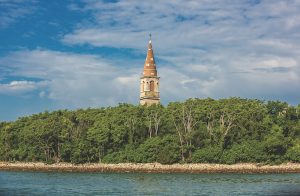
Nowadays Poveglia is a collection of abandoned, decaying buildings and weeds, dominated by the bell tower, which is all that remains of the old church of San Vitale. Behind the fences and warning signs there are the remains of the old institution which was abandoned in 1968. Beds, mattresses, industrial kitchen and machineries, peeling walls, collapsed roofs and wooden beams on the floor. Nature seems to claim the island back and everything is covered with vegetation bringing new life to this place of decay.
Unfortunately visits to the island are not allowed – this is due mainly to the fact that most of his buildings are collapsing more than to the allegedly strong presence of ghosts… Every time we drive past on our boat I cannot avoid smiling at the thought of those American guys who a couple of years ago wanted to stay there overnight to hunt ghosts but were so terrified that in the end they had to be rescued by the local firemen! There are quite a few paranormal shows, like Ghost Adventures and Scariest Places on Earth, that were filmed there – Poveglia has definitely earned its reputation as one of the most haunted islands in the world. Often I read that they claim that even Venetians are scared of the island and that fishermen stay away from it. But to me and to most locals the island represents a memory of a peaceful place where in the past you could have gone to fish, to have a picnic or just to relax. Recently, many inhabitants grouped together in an association (Poveglia per Tutti) have been trying to claim their island back before it turns into another luxury hotel.
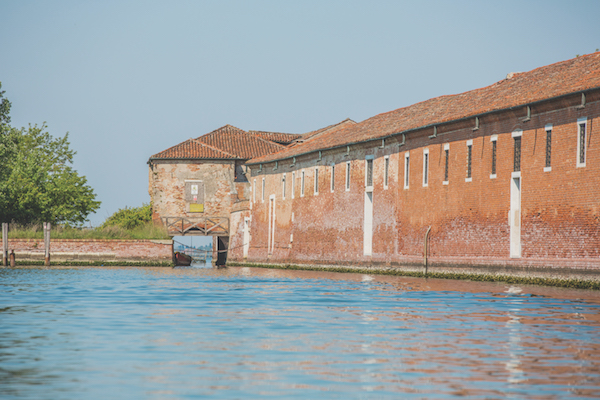
Lazzaretti
After passing Poveglia we sail on towards the Lazzaretto Vecchio. On the left side, opposite Lido, we can see the island of Santo Spirito, followed by San Clemente and further on La Grazia, just before San Giorgio Maggiore and Giudecca.
The lazzaretti are Venice’s oldest quarantine stations, designed to protect the city from plague and disease. The Lazzaretto Vecchio, a small island located just off the Lido on the eastern edge of the lagoon, was the first to be established, in 1423.
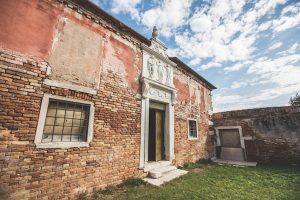
In 1468 a second one was opened, the Lazzaretto Nuovo, located behind the island of Sant’Erasmo. The lazaretto would take in the suspected plague victims for a period of 40 days (quaranta giorni – hence the term ‘quarantine’) before they were allowed to return to the city. All merchant ships had to dock here before entering Venice and tons of merchandise (mainly spices and fabrics from the East) were stored in Tezon Grande, a huge brick building with open arches so that the goods could be taken out to be ventilated.
The island was entirely paved (trees and plants had been cut so to prevent the spread of the disease). All suspected cases were shipped to the Lazzaretto Vecchio to find their death. The system of the Venetian lazaretti created a model for the other ports and coined the word lazzaretto. In 1576 the plague hit Venice hard and the victims were so great in number that many were housed in ships moored off the island. The Senate of Venice stepped in and hired plague doctors – medical physicians who treated the infected people. They wore a special costume and a mask with a prominent beak-shaped nose stuffed with herbs, straw and spices which were meant to protect them from the disease (and which appear as part of the Carnevale celebrations).
Thankfully, you can now visit both islands safe in the knowledge that you will be able to leave in good health, bar the odd mosquito bite should you visit in the summer, and you will be in safe hands with Gerolamo Fazzini, a passionate archaeologist who provides tours of the island. His assistant Ugo can provides guided tours in English with great detail and knowledge.
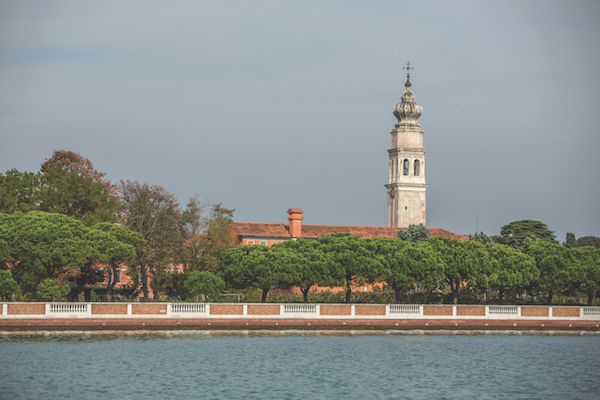
San Lazzaro Degli Armeni
Once a lazaretto for leper colonies, in 1717 the island of San Lazzaro degli Armeni was ceded by the Venetian Senate to the Mechitarist order, who founded a monastery dedicated to the cultural and spiritual renaissance of the Armenian people. The monks restored the building and in 1789 founded a printing press to spread their language and culture. They were so successful in this that the island is now a centre of Armenian identity. Even Napoleon, when he decided to close the religious institutions in Venice, did not touch San Lazzaro as he considered it a scientific and literary academy.
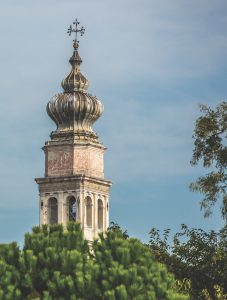
Every afternoon you can visit the island guided by one of the multilingual Mechitarist monks. There is a stunning church, an incredible library with over 170,000 volumes and 4,500 rare manuscripts, a museum dedicated to Armenian treasures and a perfectly preserved 2,600-year-old Egyptian mummy. Before leaving, remember to buy the typical jam made by the monks with rose petals plucked from their gardens.
The islands is also closely linked to English Romantic poet Lord Byron, who spent here six months helping the monks to prepare an English-Armenian dictionary while immersing himself in the Armenian language and culture. Famously known to like a swim in the lagoon between his studies, he once won a swimming race from Lido to the Grand Canal. The Monastery seems to also have a close affection for the poet – his study room contains some of his artefacts, books as well as a reproduction of a portrait of the poet.
Leaving San Lazzaro degli Armeni we can see the island of San Servolo on our left-hand side, with Sant’Elena straight ahead. Before passing between the Forte di Sant’Andrea and San Nicolò we decide to deviate to stop at Le Vignole for a quick lunch. This place is so relaxing – you can sit in the garden overlooking the lagoon and enjoy fresh homemade fish dishes. This small island which is partly farmed and partly marshy is very picturesque. It was once the holiday spot for people from Altino and for Venetians and later acquired a military function due to its strategic position as Venice’s main entrance from the Adriatic Sea.
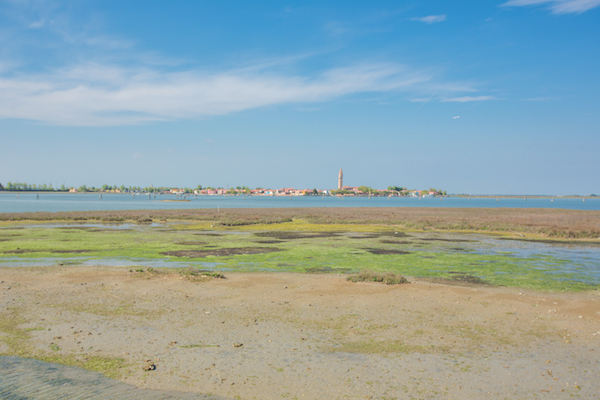
San Francesco del Deserto
After a great lunch and a coffee we go back and drive in direction of Sant’Erasmo to finally reach our last stop, San Francesco del Deserto, located near the colourful island of Burano. Frequented since Roman times, this is the island where in 1220 St Francis landed on his return from the Holy Land during the Fifth Crusade and founded a hermitage.
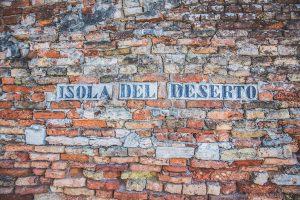
After his death, the island was given to the Minorities in order to found a convent. During the Austrian rule it was abandoned due to its unhealthy characteristics and was used as a powder depot. In 1858 it was donated to the diocese of Venice, who allowed the friars to build a new convent here. Because of plagues and diseases such as malaria, which spread in these swampy areas, in the 15th century the island was abandoned for a brief period: it was on this occasion that the suffix “del Deserto” (of the Desert) was added, renaming it the Island of San Francesco del Deserto.
Today it is a fantastically tranquil place – its only inhabitants are a handful of monks! One of them can guide you around the island – two churches; the pretty cloisters; the beautiful garden with cypresses, olive groves, linden trees, rosebushes and hydrangea and a breathtaking view over the lagoon. You can come here on spiritual retreat but you must respect the monks’ strict prayer routine.
How to reach the islands
LAZZARETTO NUOVO
Number 13 vaporetto at the Fondamente Nuove heading toward the island of Sant’Erasmo (around 20 minutes, stop only upon request).
SAN LAZZARO DEGLI ARMENI
Number 20 vaporetto from San Zaccaria.
LE VIGNOLE
Number 13 vaporetto from Fondamente Nuove towards Sant’Erasmo.
SAN FRANCESCO DEL DESERTO
Vaporetto from Fondamente Nuove to Burano. From Burano you will need a local boatman to take you across.
